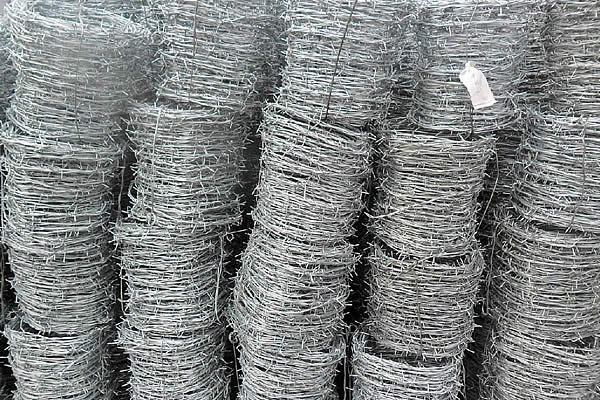 TEL:
+86-13102802206
TEL:
+86-13102802206
 Email:
fencenetting@china.com
Email:
fencenetting@china.com
 Language
Language
 TEL:
+86-13102802206
TEL:
+86-13102802206
 Email:
fencenetting@china.com
Email:
fencenetting@china.com
 Language
Language


The Price of Iron Cable An In-Depth Analysis
Iron cables are a critical component in various industries, ranging from construction to telecommunications. Their strength, durability, and versatility make them an ideal choice for numerous applications. However, the price of iron cable is influenced by several factors, including raw material costs, manufacturing processes, demand fluctuations, and global economic conditions. In this article, we will explore these factors and their impact on the pricing of iron cables.
The Price of Iron Cable An In-Depth Analysis
Manufacturing processes play another crucial role in determining the price of iron cables. The production of iron cables involves various stages, including drawing, galvanizing, and coating to enhance corrosion resistance. Each of these processes requires specific technologies and skilled labor, which can add to the overall production costs. Advances in manufacturing technology may reduce costs over time, but initial investments in new machinery can lead to higher prices in the short term.

The demand for iron cables also significantly influences pricing. In recent years, the rapid growth of infrastructure projects and industrial developments in emerging economies has driven up demand for iron cables. As urbanization continues to expand, so does the need for reliable construction materials. On the other hand, economic downturns can lead to decreased demand as construction projects are postponed or canceled, resulting in lower prices. Therefore, market analysts often monitor economic indicators such as GDP growth, construction sector health, and global trade patterns to forecast pricing trends.
Furthermore, global economic conditions and trade policies can impact the price of iron cables. Tariffs, trade restrictions, or changes in regulations can affect the import and export of iron materials, leading to supply chain disruptions. For example, an increase in import duties on iron goods may cause domestic prices to rise. Conversely, free trade agreements can create a more favorable pricing environment by reducing costs associated with international shipping.
Lastly, competition among manufacturers can also influence price dynamics. Increased competition typically leads to lower prices as companies strive to attract customers. However, if a few dominant players control the market, they may have the power to set higher prices.
In conclusion, the price of iron cables is determined by a complex interplay of raw material costs, manufacturing expenses, demand fluctuations, and global economic factors. Understanding these elements is crucial for industry stakeholders, investors, and consumers alike, as they navigate the ever-changing landscape of the iron cable market.